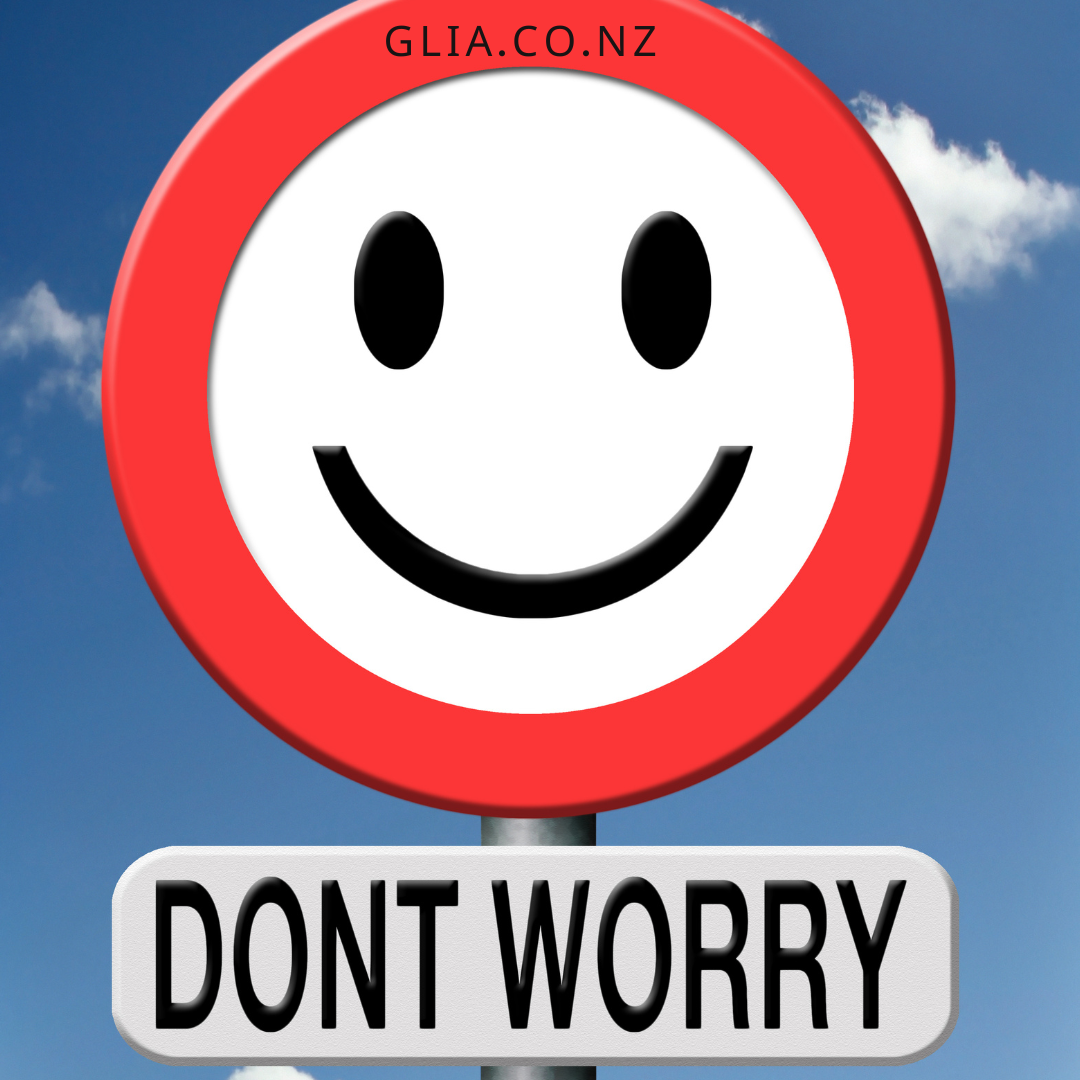Workplaces can be the drivers of positive mental health outcomes.
We live in a world where a huge number of people suffer from mental ill health and access to help is poor. As employers, why not go a step further from just ‘not making things worse’ to actually making things better?
Creating social-connectedness at work is one opportunity for leaders to impact their people positively. Loneliness experienced at home can seep into the workplace and leaders have the power to not only prevent work-based loneliness, but combat loneliness overall.
Workplaces can be the engines that drive a socially connected world.
How can leaders create an environment that fosters social connection?













